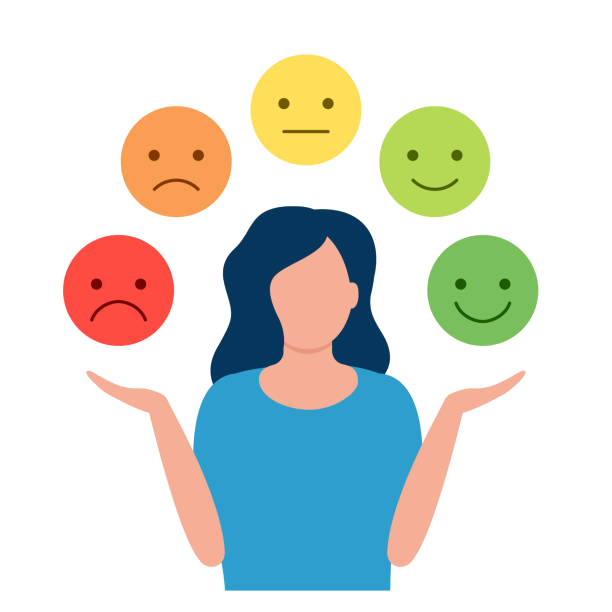Emotional Intelligence
Emotional intelligence (EI) refers to the ability to perceive, control, and evaluate emotions. Some researchers suggest that emotional intelligence can be learned and strengthened, while others claim it's an inborn characteristic.
Learn more: What Is Emotional Intelligence?
Emotion Wheel
The emotion wheel is an emotion classification system introduced by psychologist Robert Plutchik in the 1980s. The model allowed us to label our feelings, so we can develop our emotional literacy skills to have a greater awareness of ourselves and the emotions of others.
Learn more: Self-Awareness Development and Types
Expression
Expression is the act of communicating our thoughts and emotions with others, verbally or non-verbally.
Learn more: Why Expressing Feelings With Your Partner Is Worth the Emotional Risk
Mood
Mood can be defined as a relatively stable affective state that is often described as positive or negative. Unlike emotions, which tend to be stronger and more specific, moods are more general and less intense.
Learn more: What Is Mood?



